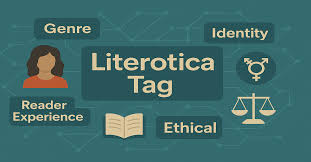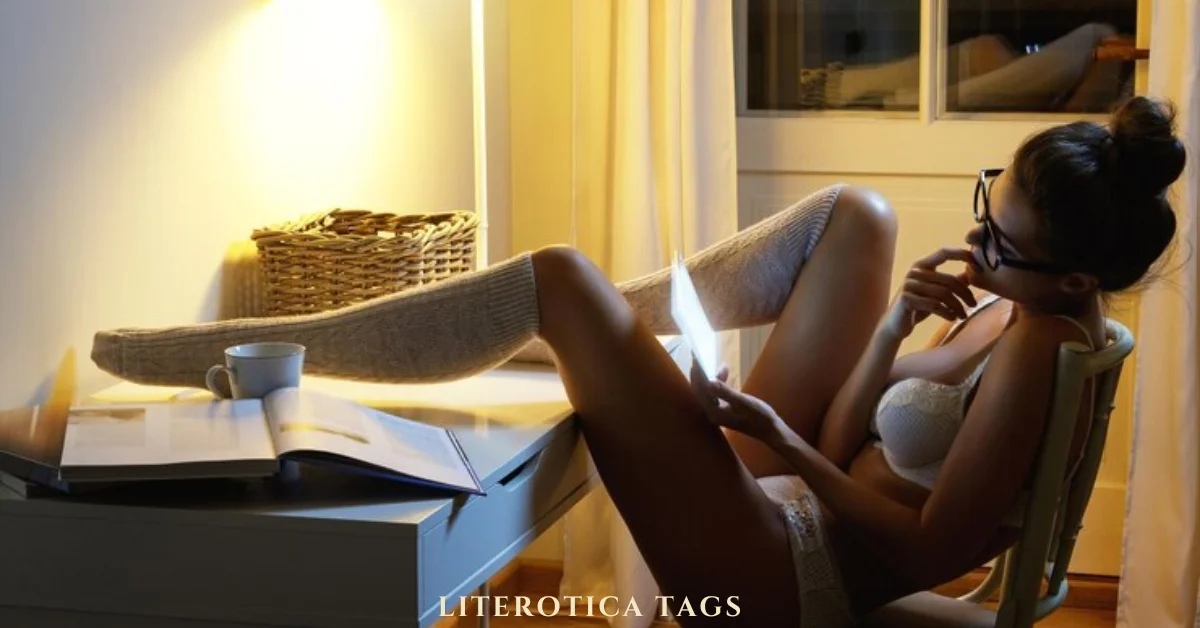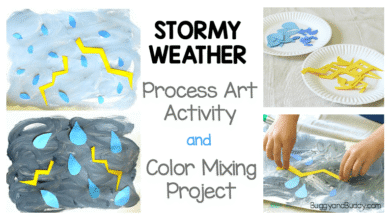Understanding Literotica Story Tags: A Complete Guide

Literotica Story Tags If you’ve ever explored online erotic literature, you’ve probably come across Literotica — one of the largest platforms for user-generated adult stories. One of the most important yet overlooked features of the site is story tags. These tags might seem like just labels, but in reality, they play a huge role in how readers discover, filter, and enjoy stories.
In this article, we’ll take a deep dive into what Literotica story tags are, why they matter, and how both writers and readers can use them to their advantage. By the end, you’ll see why these small words can make such a big difference in your reading and writing experience.
What Are Literotica Story Tags?
Story tags on Literotica are essentially keywords that describe the main elements, genres, and themes of a story. Think of them as signposts guiding readers to exactly the type of content they want to read. For example, if a story involves romance between co-workers, Literotica Story Tags might have tags like “Office,” “Romance,” or “Coworkers.”
The main goal of tags is to help categorize stories more effectively. Literotica has a vast library, and without proper tagging, finding a specific type of story would be like looking for a needle in a haystack. Tags simplify this by giving readers an at-a-glance idea of the story’s content without having to read the full description.
For writers, using accurate tags ensures their stories reach the right audience. It’s essentially free advertising — when you pick the right keywords, you’re increasing the chances that your story will pop up in relevant searches and attract readers who are genuinely interested in your theme.
Why Story Tags Matter for Readers

From a reader’s perspective, tags are like a shortcut to personalized entertainment. If someone enjoys a particular type of plot — say, “Historical,” “BDSM,” or “First Time” — they can simply click the tag and instantly access dozens or even hundreds of stories that match their interest.
Tags also help readers avoid content they don’t want. Literotica includes tags for certain sensitive or niche themes, and this allows users to quickly determine whether a story is in line with their preferences or boundaries before reading. Literotica Story Tags a way of curating your own safe and enjoyable reading environment.
Moreover, Literotica Story Tags can help readers discover new interests. You might start out searching for “Romance” and then find yourself intrigued by related tags like “Slow Burn” or “Friends to Lovers.” The more you explore, the more you realize how diverse the platform’s content really is.
Why Literotica Story Tags Matter for Writers
For writers, story tags are more than just a convenience — they’re a strategy. In the same way that marketers use SEO keywords to make content more discoverable, authors on Literotica use tags to make sure their stories land in the right reader’s lap.
Accurate tags increase visibility. If you write a “Teacher/Student” romance, tagging it properly ensures it will be seen by readers who are specifically searching for that theme. If you forget or misuse tags, you risk your story getting buried under unrelated content.
Additionally, tags help set reader expectations. If your story involves multiple genres, such as “Sci-Fi,” “Adventure,” and “Romance,” including all those tags lets potential readers know exactly what kind of journey they’re about to take. This transparency can lead to better reader satisfaction and fewer negative reactions.
Common Types of Literotica Story Tags
While Literotica has an enormous range of tags, most fall into a few main categories:
1. Genre Tags – These describe the overall style or tone of the story, such as “Romance,” “Thriller,” “Comedy,” or “Fantasy.”
2. Theme Tags – These focus on specific plot elements or scenarios, like “Revenge,” “Forbidden Love,” or “Roleplay.”
3. Relationship Tags – These describe the dynamics between characters, including “Friends to Lovers,” “Polyamory,” or “Enemies to Lovers.”
Having a good mix of these types helps create a fuller picture of the story, making it easier for the right audience to find it. It’s not just about accuracy — it’s about making your story discoverable from multiple angles.
Tips for Using Literotica Story Tags Effectively
If you’re a writer, the way you choose tags can greatly impact your readership. Start by brainstorming a list of words that describe your story’s setting, main characters, plot events, and emotional tone. Then, narrow them down to the most relevant and popular tags.
Avoid over-tagging. While it’s tempting to add as many tags as possible to increase visibility, irrelevant tags can frustrate readers and lead to negative feedback. Stick to tags that truly represent your story’s core elements.
Finally, keep an eye on trending tags. Literotica often has surges in popularity for certain themes or genres. If you can naturally align your work with these trends without forcing it, you can tap into a larger audience at the right time.
Conclusion
Literotica story tags might seem like a minor detail, but they’re a powerful tool for both readers and writers. They help organize content, guide audience expectations, and make it easier to connect stories with the right people.
For readers, tags are a way to quickly find exactly what they’re in the mood for — or to stumble upon something new and exciting. For writers, they’re a strategic way to boost visibility and reader satisfaction.
The next time you read or publish a story on Literotica, pay attention to those little labels. They’re more than just words — they’re the bridge between your content and the people who will love it most.



